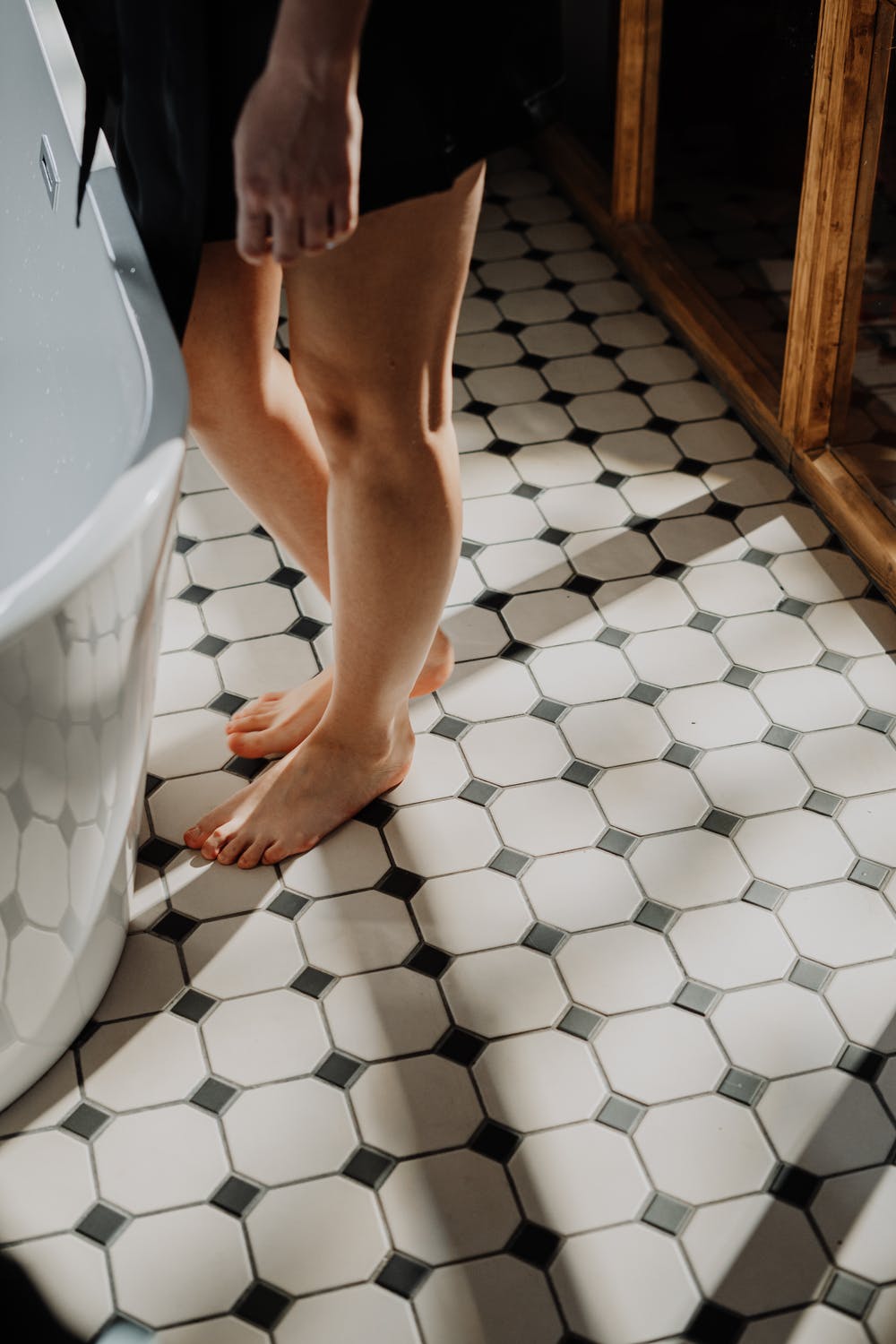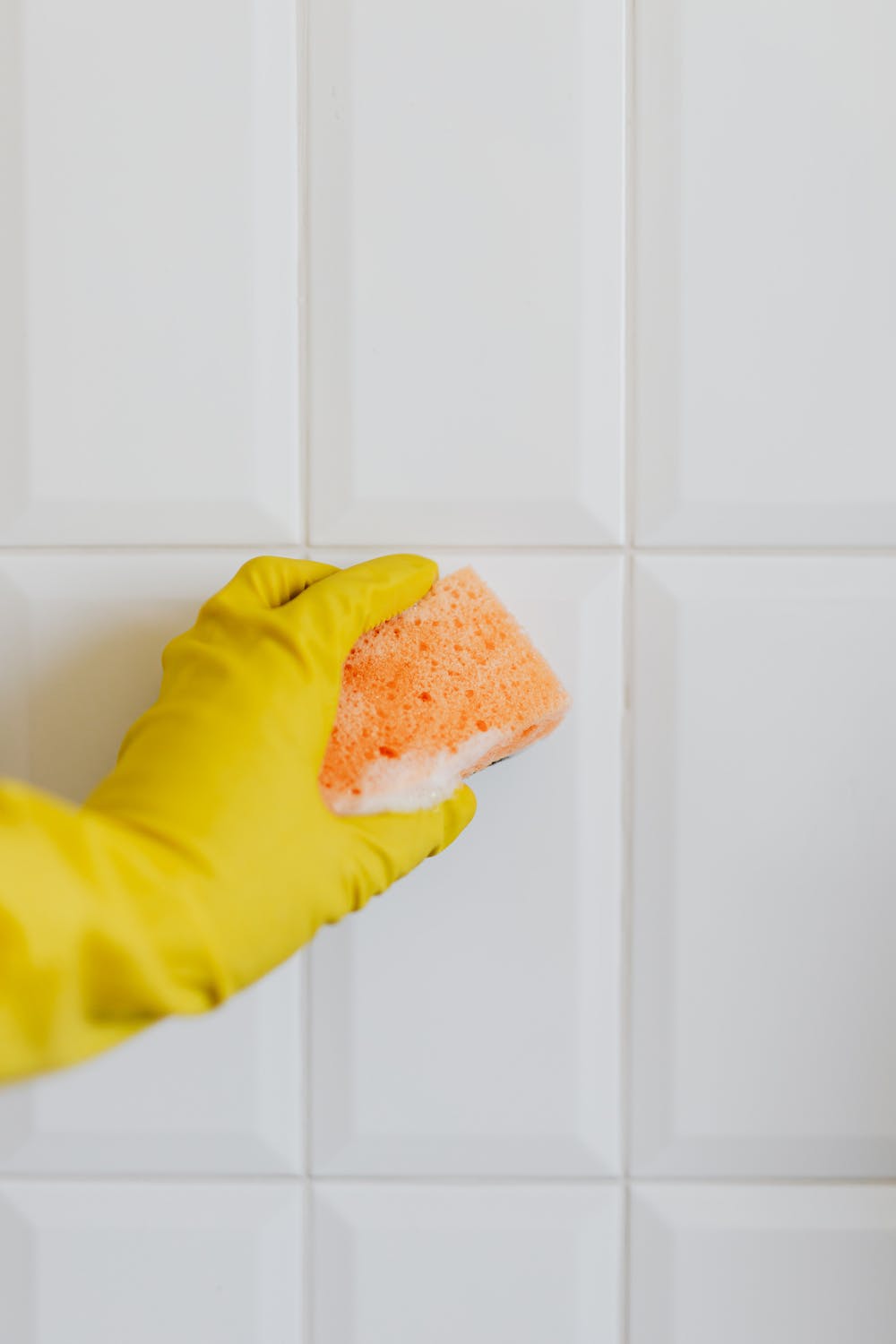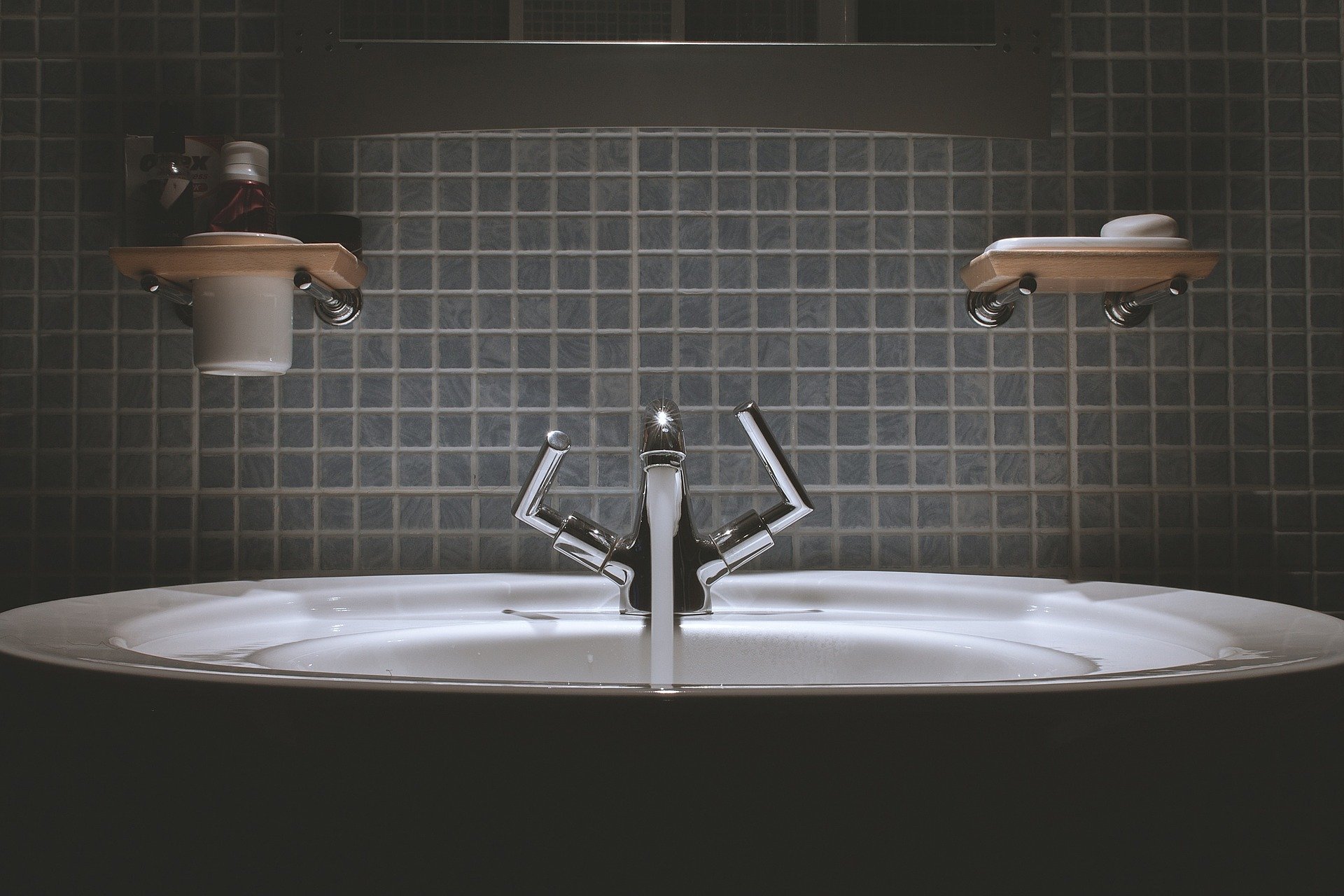Flooring is an essential part of any home improvement project, as it can completely transform your home’s appearance. Tiles are incredibly popular home additions, thanks to the infinite shapes, colors, and designs available in the market.
While tiles have been traditionally used in bathrooms and kitchens, many designers also use them in the living area and bedrooms. The guide below will make the process of choosing tiles less-overwhelming:
Contents
Tile Considerations
Tiles are not made equal, and you should look out for properties like:
1. Slip-Resistance
It is natural for homeowners to be carried away by the tile designs and forget that slips and falls send millions of people the emergency room every year. In the kitchen and bathroom where the floor is always wet, you will need an anti-slip tile to promote your home’s safety.
Tile manufacturers in various countries will have their products tested and rated for slip resistance. Homeowners in the US can lookout for COF ratings, while European tile manufacturers use the ramp test.

The slip rating of a particular tile will influence where you use it. Natural stone tiling, for example, is popularly used in wet rooms since it is incredibly slip-resistant. This tile is also luxurious to use, but it should be left unpolished if you will use it in the bathroom.
2. Tile Porosity Rating
The porosity of a tiling material determines its permeability to water. This rating is essential because the tiling may crack if it absorbs too much water. Tile porosity becomes even more critical when designing kitchens and bathrooms since they demand water-proof flooring. The classifications for tile porosity are:
- Impervious- These are incredibly dense tiles like porcelain with a water absorption rate of 0.5% or less.
- Vitreous- These tiles are also dense, with an absorption rate of between 0.5% to 3.0%.
- Semi-Vitreous- An absorption rate between 3.0% to 7.0%.
- Non-Vitreous- These low-density tiles have an absorption rate of more than 7.0%.
3. Tile Hardness
Most tiles will feature a PEI rating, which indicates the hardness and resistance to abrasion. During testing, the tile is pressed with steel ball bearings, which are rolled over several times in an observer’s presence. The observer will note down how many revolutions are rolled before the tiling shows apparent signs of abrasion.
The PEI rating starts from 1 to 5, depending on foot traffic. The classification is illustrated below:
- PEI 0- These tiles should never be used for flooring, and they are only suitable for light-duty on walls.
- PEI 1- This tiling should only be used in low-traffic areas using soft footwear like slippers. The tiles would be ideal for worktops, backsplashes, interior walls, and shower surrounds.
- PEI 2- These tiles are also designed for light-duty floors like residential bathrooms.
- PEI 3- This tiling can be extensively used in homes in areas like kitchens, laundry areas, and entrances.
- PEI 4- Tiles with a PEI 4 rating can be used for floors and walls in residential homes and moderate commercial uses like bars and offices.
- PEI 4- These tough tiles can withstand heavy foot traffic, which is why they are ideal for public areas like schools, airports, hotels, and shopping malls.
4. Shape and Size
Larger tiles are perfect when you want to expand a space, and you can use them in open plan dining areas, living rooms, and kitchens. Larger tiles also create a clean, sleek, and open feel, thanks to the fewer grout lines.
Keep in mind that the more grout lines you have, the more compact and busy a room will look. For example, smaller tiles in small bathrooms result in a grid-appearance that makes the space feel cramped.
One way to open up smaller spaces is to use a grout color similar to the tile color and mimic a seamless aesthetic. The best approach would be to use medium-sized tiles for most of the space and save the smaller tiles for the cubicle and surfaces like the splashback.

Small mosaic tiles are popularly used in small spaces to add texture, depth, and flow. Mosaics are ideal in areas with unmovable fittings like the toilet and shelving.
If you want an easy tiling layout to work with, your best bet is square tiling. Plank tiles fit medium or large rooms, and they add texture because they resemble wood or stone. Rectangular tiles like subway tiling are bold and classic choices for the bathroom and kitchen.
5. Color
Home designers tend to use darker-hued tiles for high pedestrian traffic areas since they are welcoming and visually-appealing. Bright colors add warmth to any space, and they will stand out in a frequently-used room. If you have a large kitchen with ample natural light, you can use darker shades like dark-green, chocolate brown, and navy blue.
If you want to make a smaller room feel bigger, the best approach is to use light-colored tiles like off-white, white, pastel, beige, and gray. Lighter hues will make your space feel more breathable and expansive. Choose the same color for your wall and floor tiles to make a small bathroom feel larger.
Choosing Tiles for Different Rooms
1. Kitchen Tiling
The kitchen houses a lot of activity in a typical home, and you need durable flooring that can withstand water and humidity. Ceramic and porcelain are among the best kitchen tiles used today.
Part of the popularity of porcelain lies in its durability, strength, and water-resistance. You only need to wipe it with a mop to make it shine, and it will last for several decades under good maintenance. You need professionals to install porcelain, making it unpopular with DIYers.
Ceramic tile is softer and easier to install than porcelain. Look for glazed ceramic since it is abrasion-resistant and suited for humid environments. Ceramic does not stain, and you can drop as many plates and other utensils without creating marks on it.
Stone tiles are also used in kitchens, and modern solutions can replicate materials like marble, limestone, and sandstone.
2. Bathroom Tiling
While porcelain and ceramic tiles are also widely used in bathrooms, modern homeowners are embracing contemporary trends like mosaic, slate, vinyl, terracotta, linoleum, and plastic laminate tiles.
An essential factor to consider when browsing through bathroom tiling is the product’s ability to absorb water. There are infinite options to make a bathroom stand out, including tiles that mimic rustic wood.

You can make your shower enclosure or accent walls stand out with bold colors and exciting patterns. You can use natural stone tiling, like marble-effect or limestone, to add texture and depth.
3. Bedroom Tiling
If you desire an earthy-aesthetic in your bedroom, you can use stone-look tiles or wood patterns. There are also carpet-like solutions to create a homely feel in your retreat. Another exciting trend is white-wood tiles that create a minimalistic and Scandinavian feel. You can also engage different patterns and colors to make your bedroom walls striking and attractive.
Final Thoughts
Modern tile varieties are made to last, and the different patterns, shapes, and sizes will leave any homeowner spoilt for choice. Look out for waterproof tiles for bathrooms and kitchens, and durable and attractive choices for other rooms in the house.
The Daily Buzz combines the pursuit of interesting and intriguing facts with the innate human desire to rank and list things. From stereotypical cat pictures to crazy facts about the universe, every thing is designed to help you kill time in the most efficient manner, all while giving you something to either laugh at or think about!
